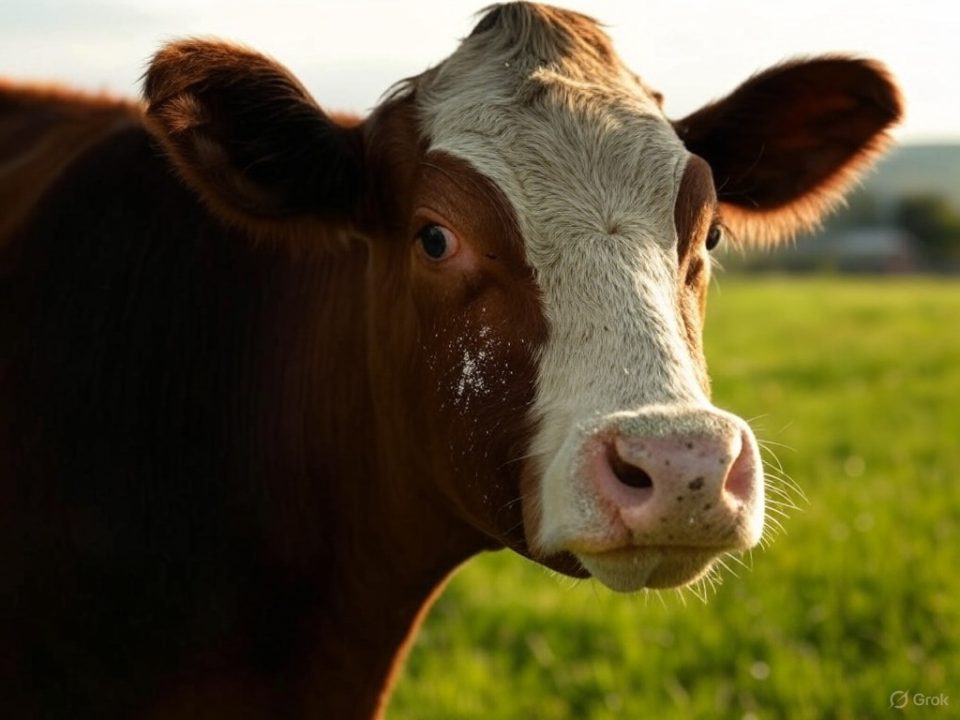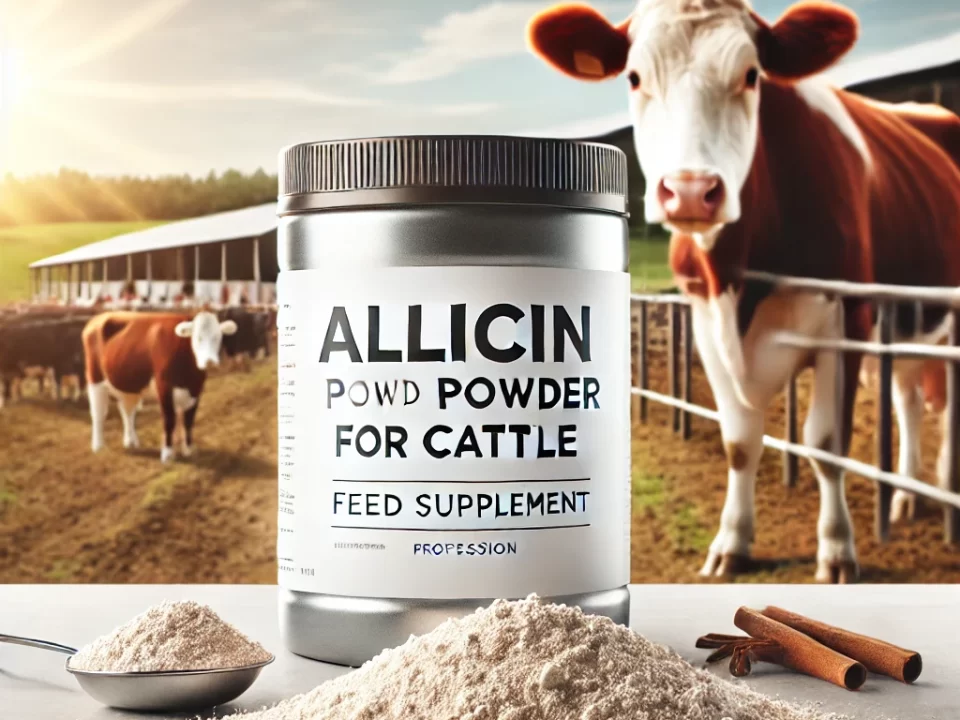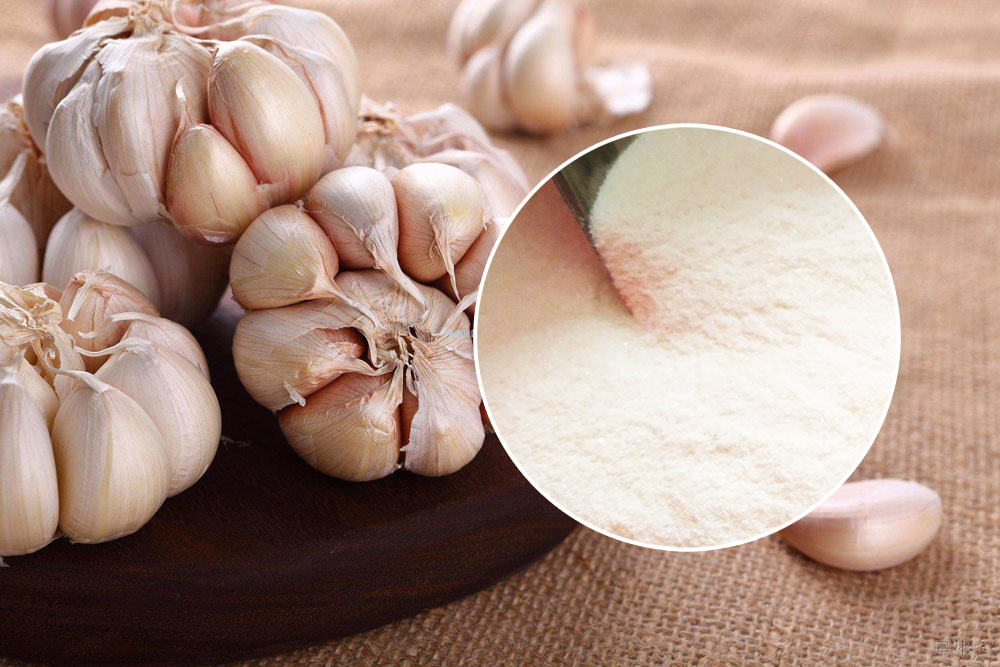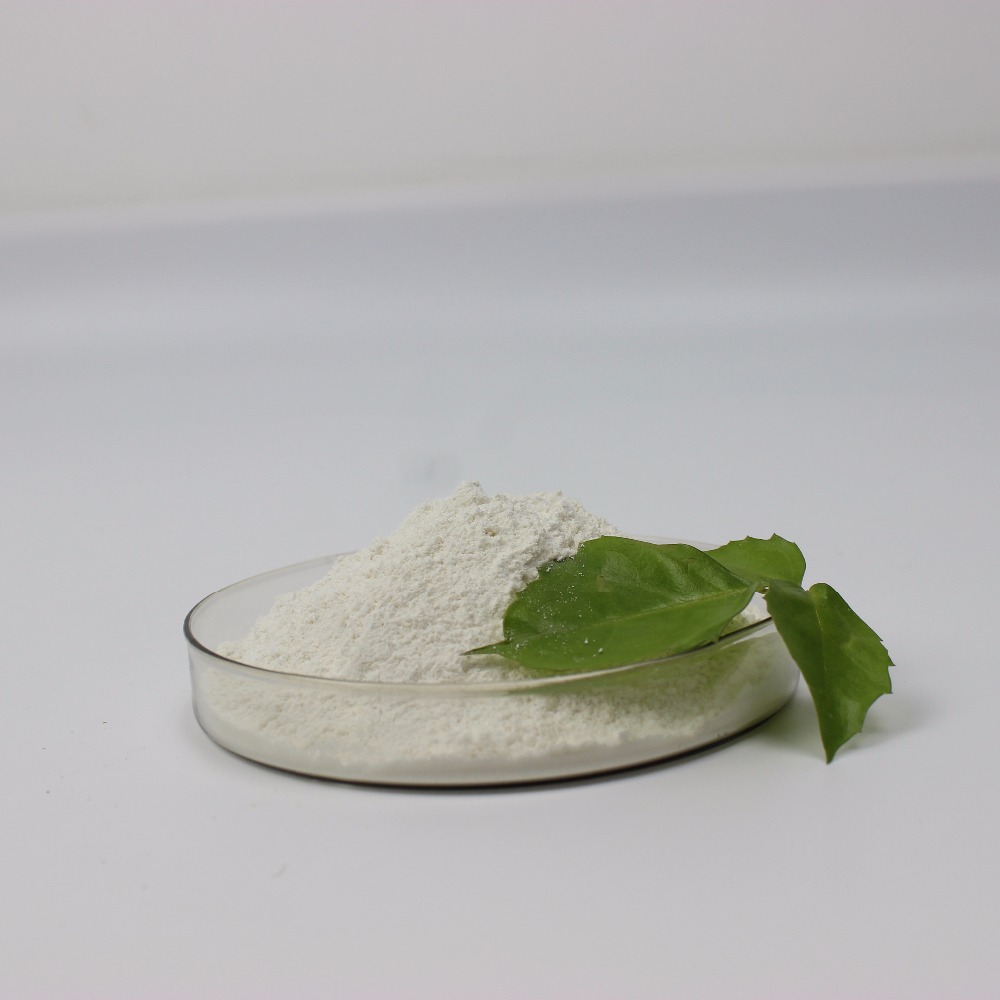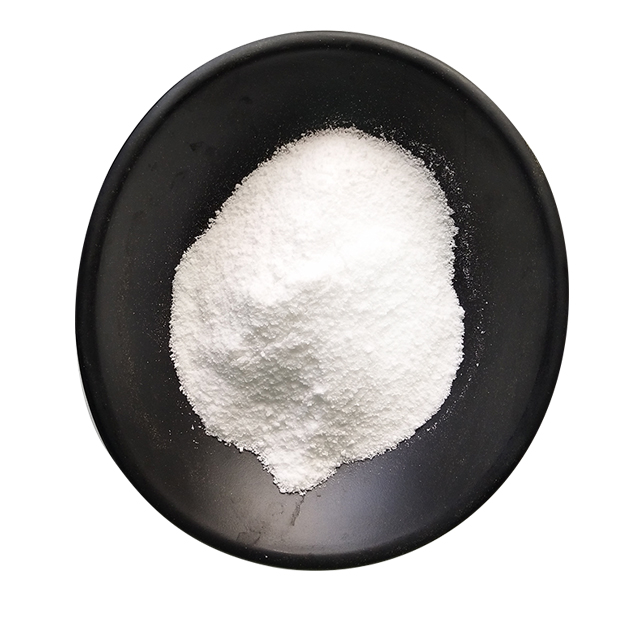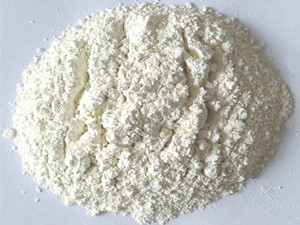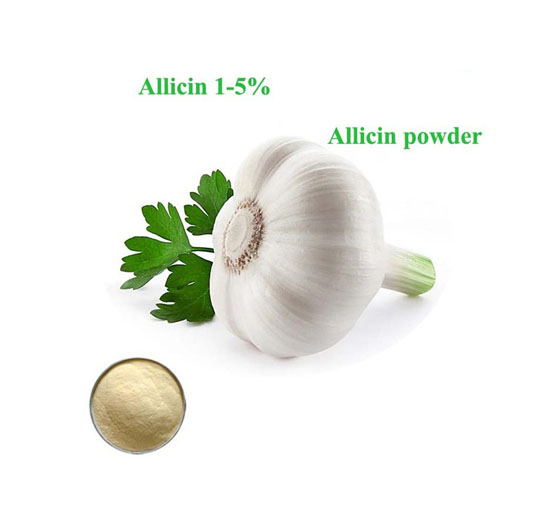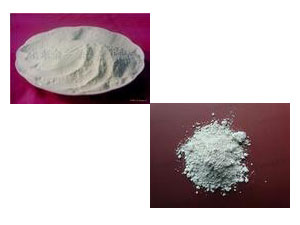Allicin
March 15, 2025
Effect of Allicin on Growth Performance, Slaughter Performance, and Meat Quality in Cattle Introduction Allicin, a sulfur-containing compound derived from garlic (Allium sativum), has been recognized for its potential biological activities, including antimicrobial, antioxidant, and anti-inflammatory properties. These characteristics make allicin a candidate for […]
January 20, 2025
Allicin Benefits, Side Effects, Supplements, and Dosage for Cattle Allicin, a sulfur-containing compound derived from garlic (Allium sativum), has gained attention in livestock nutrition due to its antimicrobial, antioxidant, and immune-boosting properties. For cattle, allicin can serve as a natural feed additive, promoting health, […]
January 7, 2019
Allicin; Diallyldisulfid-S-oxide; Dially disulfide Alias: allicin; diallyl disulfide-oxygen [S] compound; garlicin; diallyl disulfide; Allicin is a product extracted from garlic Allium Sativum L. bulbs. Molecular formula: C6H10OS2 Molecular weight: 162.27 CAS No.: 539-86-6 Nature: light yellow oily liquid. The boiling point of 80-85 ° […]
December 4, 2018
Rational application of allicin Although allicin has a good effect, it should be used reasonably. Do not blindly increase the dosage to avoid waste or even adverse effects. Huang Xingguo et al. conducted a preliminary study on the application effect of allicin in Astragalus […]
December 3, 2018
Quality Standard Description White powder Garlic Oil Assay 25.0% Lead(Pb) ≤ 30PPM Loss on Drying ≤ 5.0 Arsenic Assay ≤ 3PPM Sieve Analysis 100% pass 80 mesh Usage: […]
February 2, 2017
Allicin is the major biologically active component of garlic ,is the key ingredient responsible for the broad-spectrum of anti-bacterial activity in garlic. It is the key ingredient responsible for the broad-spectrum of anti-bacterial activity in garlic. Allicin powder is applied to feed additive field. […]
September 26, 2016
Feed Allicin Allicin powder used in feed additive field, Garlic powder is primarily used in feed additive for developing the poultry and fishes against the disease and promoting development and enhancing the taste of egg and meat. The product reveals a non-drug resistant, non-residual […]
June 4, 2016
Feature: It is ideal for chicken, fish, turtle, crab, as well as shrimp. 1. Prohibiting and then killing dangerous bacteria. 2. Boosting pet’s cravings. 3. Detoxicating as well as maintain healthy. 4. Withstanding pests and moulds effectively to maintain setting sanitary and also feeding […]


